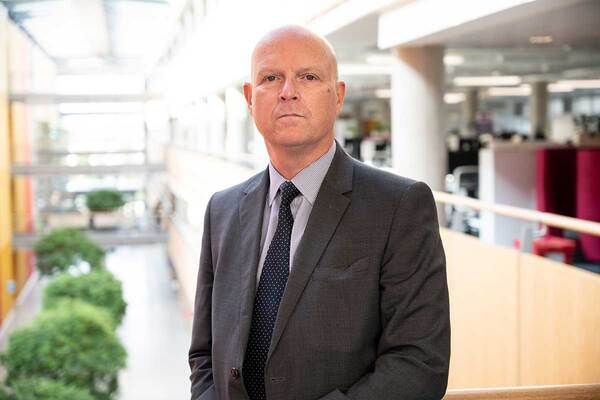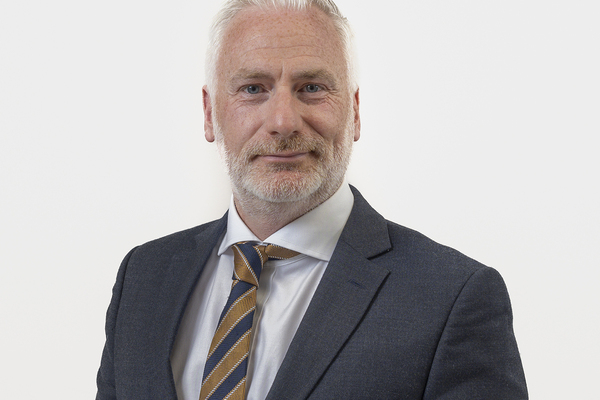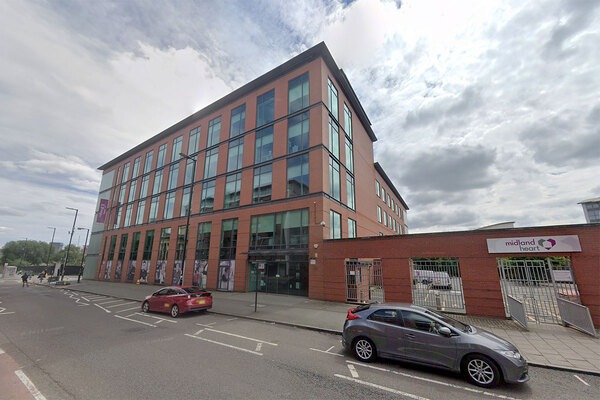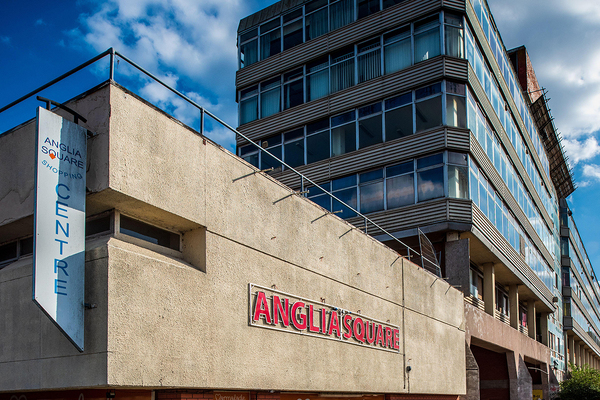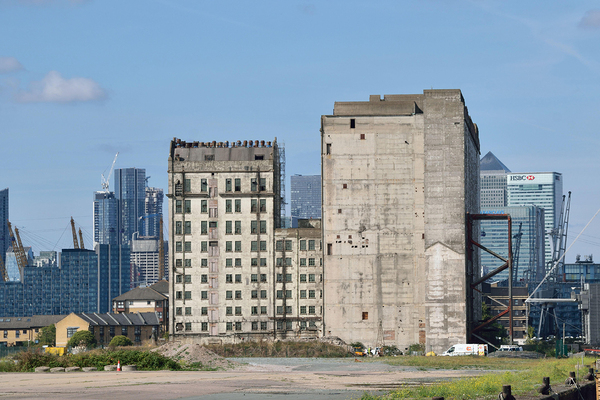What the new building safety regulator means for social housing
An Inside Housing webinar, sponsored by K Systems, looks at what the chief inspector of buildings’ new Building Safety Regulator might mean for landlords
In association with:

The newly created role of the Building Safety Regulator will be responsible for implementing regulatory regime for high-rise buildings in England, including the safety and standard of the building. According to government figures, in April 2020, the total number of buildings taller than 18 metres in England was estimated to be 12,500 – 6,000 of which were social housing.
This will require various groups in construction and housing compliance to work together to deliver the ‘golden thread’ of data set out in Dame Judith Hackitt’s report, Building a Safer Future, which requires information on everything from the size of the building, to the materials used and the location of fire escapes.
Addressing this complex administrative challenge will be a key challenge for the sector says Peter Baker, the newly appointed regulator, and will require collaboration for those working for housing providers, suppliers and inspectors, and clarity on the lines of responsibility and regulation along the whole chain, from designers, architects, contractors, builders, fire safety regulators and, of course, the landlord and dutyholder.
Inside Housing asked an expert panel, in association with K Systems, to discuss what the new fire safety regulations mean for landlords, the possible gaps in compliance clarity and how this can be managed.
Watch the video below.
Inside Housing and K Systems webinar: participants
Jane Duncan, chair of the expert advisory group on fire safety, Royal Institute of British Architects (RIBA)
Ms Duncan set up Jane Duncan Architects & Interiors in Little Chalfont, Buckinghamshire, in 1992. The award-winning practice specialises in high-end residential schemes including sustainable houses, historic buildings, schools and community buildings, principally throughout the South of England. Ms Duncan campaigns for improved business skills in architecture, and won the election for RIBA presidency in 2014 on a manifesto to increase diversity in the profession. As RIBA president, she lectured internationally to architects and students on key issues including diversity and sustainability. She was awarded an OBE in the Queen’s Birthday Honours list in June 2018 for services to diversity in the profession, and was made an Honorary Fellow of AIA in 2019. Ms Duncan’s current advocacy, post-Grenfell, is to influence government regulation, and improve the culture of quality and accountability in the profession. She has also chaired the RIBA expert panel on fire safety since 2017. @JaneDuncan41
Sue Dunphy, head of building and customer safety, ForHousing
As head of building and customer safety at ForHousing, Ms Dunphy leads a team responsible for managing the safety of 17 high-rise buildings throughout Salford and Knowsley, including 394 homes at Dock 5 in Ordsall where lettings began in October. Ms Dunphy began working in housing at the age of 17 through a youth training scheme and, in a career that now spans 35 years, has worked in several tenant and safety-focused roles. Most recently, she was strategic lead for health and safety at ForHousing between 2017 and 2021. Ms Dunphy’s experience in working closely with tenants plays a key role in ForHousing’s move to embrace the changes that the Building Safety Bill will bring. By taking a proactive approach and working together with tenants, ForHousing are continuing to listen to tenant feedback on high-rise safety. @forhousing
Gavin Creech, product manager, K Systems
Mr Creech has 15 years’ experience working within product development, with four years of that within an insulated facade system designer and manufacturer. His role as product manager for K Systems is to lead and develop the facade system portfolio, taking into account regulatory requirements and future trends for construction methodologies. @KSystemsEWI
Paul Dockerill, director of energy and programme management, WHG
Mr Dockerill leads on the strategy and approach to the ‘Building a Safer Future’ agenda. He is accountable for budgets totalling £24.5m, including £17m to improve the quality of residents’ homes and for delivering the energy plan and setting the investment strategy for achieving carbon zero. For more than 10 years, Mr Dockerill has been a fellow of the Chartered Institute of Building. Prior to his role at WHG, he has held director roles for 21 years and delivered multimillion-pound regeneration and construction programmes across the Midlands. Mr Dockerill holds the position of chair of WHG’s fire safety group, which has made significant efforts to reassure residents about fire safety following the Grenfell Tower tragedy. He has also been advising the government’s Industry Safety Steering Group, chaired by Dame Judith Hackitt.He is also chair of the National Housing Federation’s building safety group which explores best practice and aims to create a platform for collaboration. His passion for safety extends to chairing the Regional West Midlands Social Housing Group, which further promotes collaboration across the housing sector. He has been responsible for creating the BIM/digital twin modelling with partners to create an innovative approach to building information and created a version of the building safety case which has been presented to Department for Levelling Up, Housing and Communities. @walsallwhg
Chair, Peter Apps, deputy editor, Inside Housing
Mr Apps is deputy editor at Inside Housing magazine. He is in charge of the magazine’s day-to-day content and has led its coverage of the Grenfell Tower Inquiry. @insidehousing

